Occasionally, these articles emerge from reprints of our former newspaper column. This isn’t because we’re lazy or tired. The space and content constraints in Substack are much looser than in print—for example, we can feature double the number of photographs in what is nearly always a photo essay (there are many subjects, like Wyoming here, where it was positively painful to cut some of our favorite shots). We also don’t have to worry about editors and their content or linguistic preferences. So if you think you’ve already seen an article, take a new look anyway. We promise not to bore you!
Turn off the lights in an underground coal mine, and you have the perfect definition of claustrophobia. Zero residual illumination of any kind. Invisible six-foot ceilings with no supports prompt you to include your Skullgard-brand hard hat in your prayers. A million gallons of ice water flowing overhead in the Green River and seeping down the chilly walls do nothing to reassure. Who—you ask—was the lunatic who begged for this tour?
And then, two nights later and an hour out of Rawlins on a moonless 2:30AM drive, you stop on the highway, and the lights refuse to shut down. The illumination now consists of a billion—or maybe 4,458 (in the northern hemisphere, or so they say)—visible stars. Either way, you can spot every one of them. When a meteor shower breaks out, a million—or at least a few hundred—bits of space rock, dust, and junk catch fire on their way earthward. Amid the sheer size of the night sky, you're so preoccupied with the fireworks display, that you fail to notice the swarm of fearless, nosy mule deer gathering about your car.
Take away Yellowstone, Jackson Hole, and a handful of contrarian votes in the US Congress, and most Americans would never even know Wyoming existed. The "Thing" about the State—its defining human characteristic—after all, is its emptiness. Its population comes in at a fair distance behind several North American cities. As the tenth largest state by geography, it boasts just 2.32 citizens for every square kilometer. People who have to travel twenty miles for the nearest grocery store, hospital bed, or lawman tend to develop a uniquely hard-nosed and well-earned independence. They also trend friendly and open (if not exactly loquacious), once they realize you're not just lost on your way to Yellowstone or the Little Bighorn.
Yet Wyoming has influenced American history in more ways than one. In 1890, it became the first US Territory to achieve statehood with the full and unfettered political and legal participation of its women—give that an extra second's thought. And in 1892, it gave birth to an entire subgenre of movie western, when a cabal of rich ranchers imported a posse of thugs and killers to settle boundary disputes with their lesser rivals. The Johnson County War brought in the US Cavalry, but on the wrong side of history, when they rescued the invading gangsters from near-certain annihilation at the hands of the outraged settlers. It's small wonder that modern Wyomingers look askance at interventions by a (thankfully distant) national government.
Farther back in time, Wyoming served for hundreds of years as a homeland for the Shoshoni Indians and an illicit hunting ground for their rivals. Most of the Shoshoni energy went into repelling the invasions of the famous Great Plains tribes—the Lakota, Crow, and Arapahoe, among others—until, in the nineteenth century, the Shoshoni partnered up with the biggest tribe of all, that same US Cavalry. The natives might have bought more than they bargained for, but what they did get was a far more nuanced and complex modern society than the 1950s Cowboys-and-Indians narrative—or the more recent revisionist versions—would have us think.
Nowhere does the American Wild West, legendary and otherwise, survive closer to the surface than at the top of the Wind River Canyon, in the north-central town of Cody. In this frontier settlement, built in the late nineteenth century by Buffalo Bill himself, two hundred bucks will get you a night at the Irma Hotel (named after Bill's comely daughter) and a dinner by the wooden bar Queen Victoria crated and sent here in appreciation for a command performance of Buffalo Bill's Wild West and Congress of Rough Riders of the World. The next morning, don't forget to water your horse or check your car's oil. It's a long day's ride to anywhere.
The State of Montana to the north has arrogated to itself the sobriquet Big Sky, but the description suits the Equality State just as well. You're reminded of this in the hours driving up from Colorado, with the impossibly distant horizon and a sky-high storm front that stretches from one end of the world to the other behind you. Will the rolling, gray cumuli catch your car, horse, buggy, wagon train, or foot race? And when they do inevitably overtake your journey, what mysterious meteorological fates will befall you?
A minor analogy comes to mind: We have friends who can only take their French fries with gobs of ketchup or mayonnaise, and others who can only chew them plain with a dash of salt. Wyoming corresponds to the plainer, simpler, saltier form of sustenance, where you learn to live and wander without the constant hustle and the insistent cacophony of demands from the needy, hectic modern world. It feels like a place you could literally live forever, lazily fishing for trout in the Green River, snaking up the endless depths of the crease-like Wind River Canyon, or just sitting out on your horse or front porch, watching the sunrise unfold for your eyes—and your eyes alone.




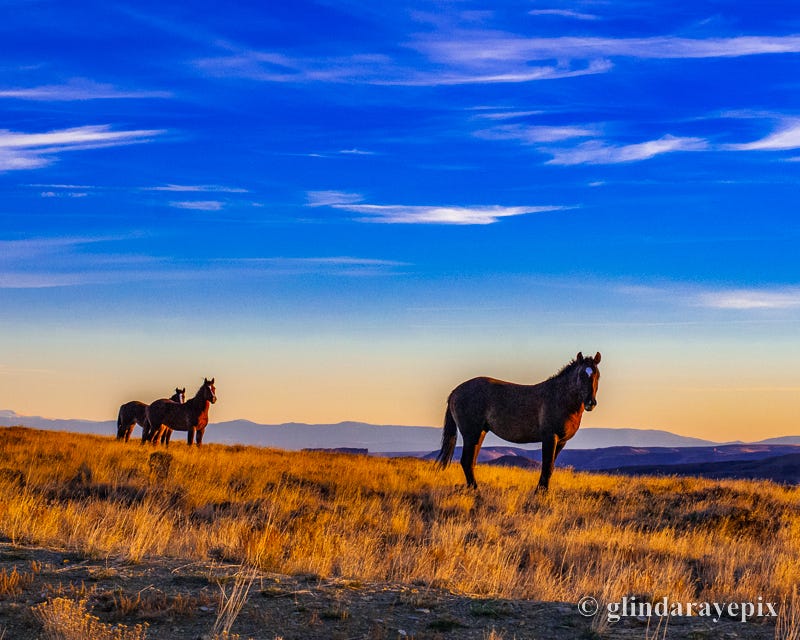
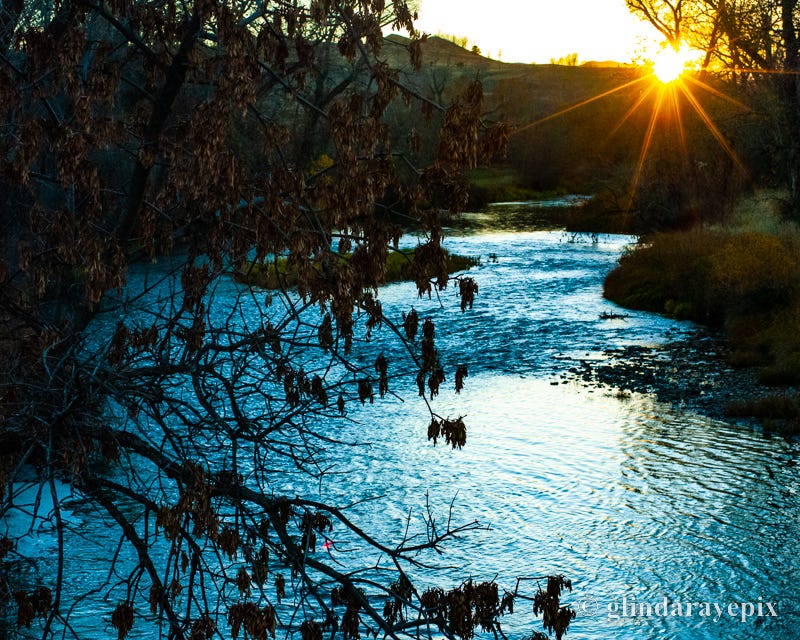

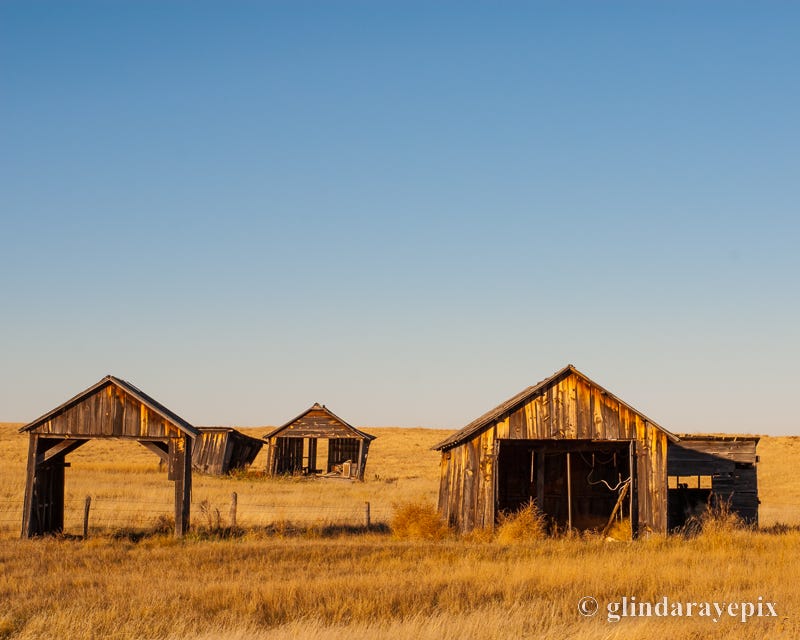

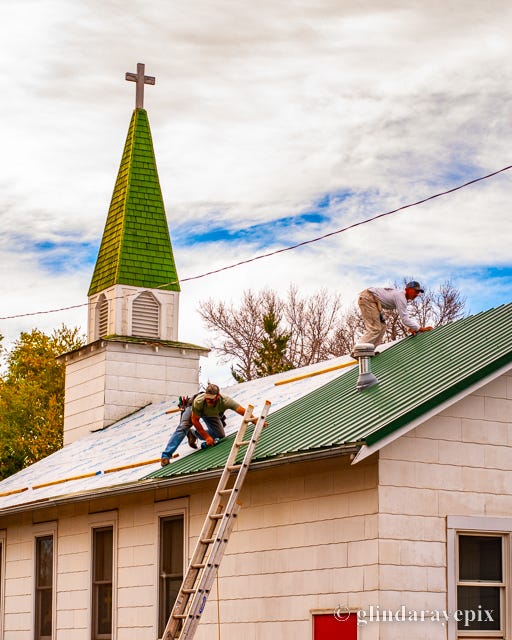
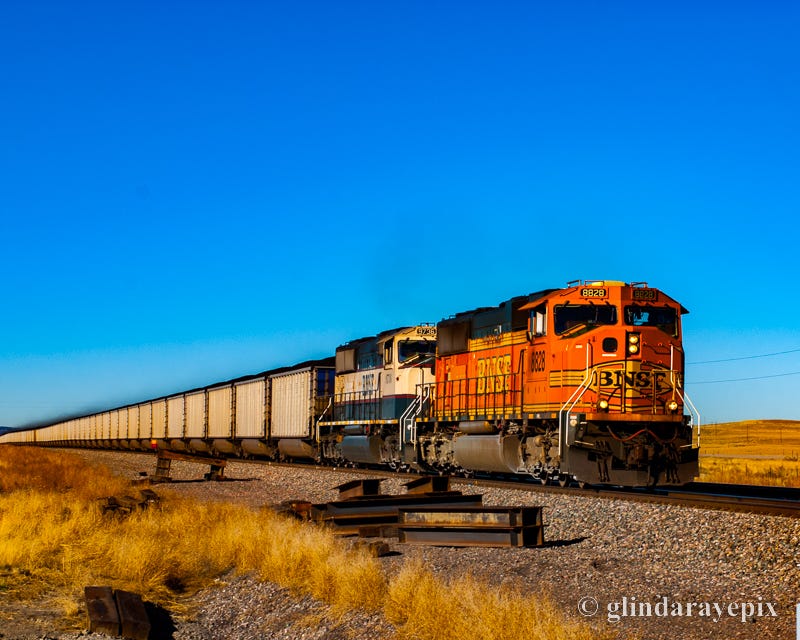


Beautifully written!